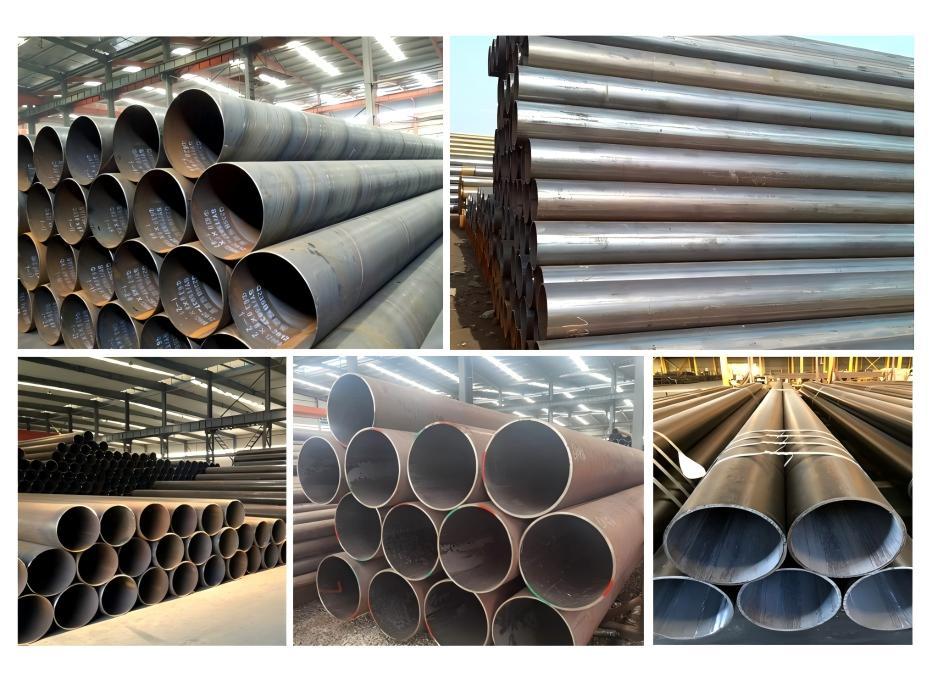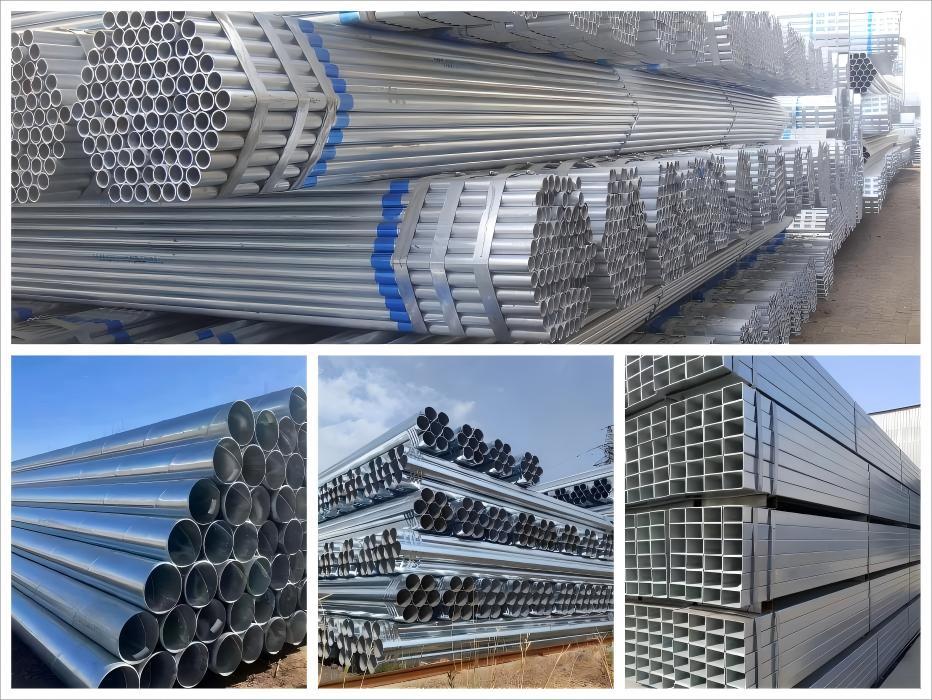Pipes are essential materials in industry, construction, and machinery. The three common types are:
Stainless steel pipes: Corrosion-resistant, high-temperature resistant, and aesthetically pleasing.
Carbon steel pipes: High strength and cost-effective, suitable for pressure and structural applications.
Galvanized steel pipes: Zinc-coated surface for rust protection, ideal for outdoor or humid environments.
This article compares the three types from material, performance, processing, and application perspectives.
Performance Comparison



Applications
Conclusion
Selection Guide:
Focus on corrosion resistance and aesthetics → Stainless steel pipe
Focus on strength and cost-efficiency → Carbon steel pipe
Focus on rust protection with moderate cost → Galvanized steel pipe
Multi-angle Consideration: Choose pipes based on environmental conditions, pressure requirements, and budget for optimal project performance.
Related Posts
- ◉ Structural Pipes: Key Features, Applications, and Benefits for Modern Construction
- ◉ Comparison and Applications of Stainless Steel, Carbon Steel, and Galvanized Steel Pipes
- ◉ Post-National Day Resume | Chinese Steel Manufacturer Serving Global Clients
- ◉ Top Choice for Overseas Buyers: High-Quality Chinese Galvanized Pipes, Complete Specifications & Corrosion-Resistant
- ◉ Comprehensive Classification of Stainless Steel Pipes – Types, Grades, Applications & Surface Finishes
Get in Touch
*We respect your confidentiality and all information are protected.
